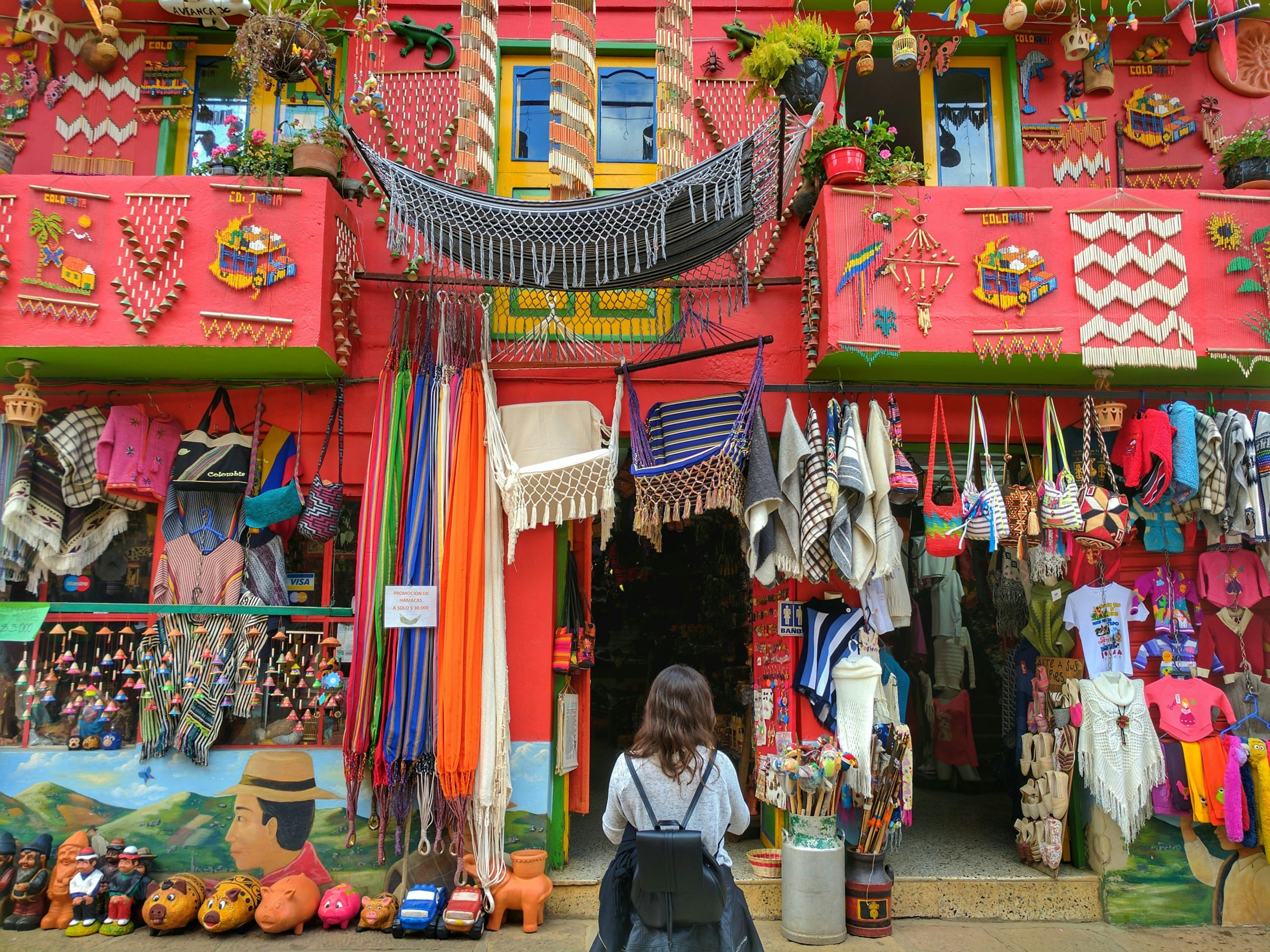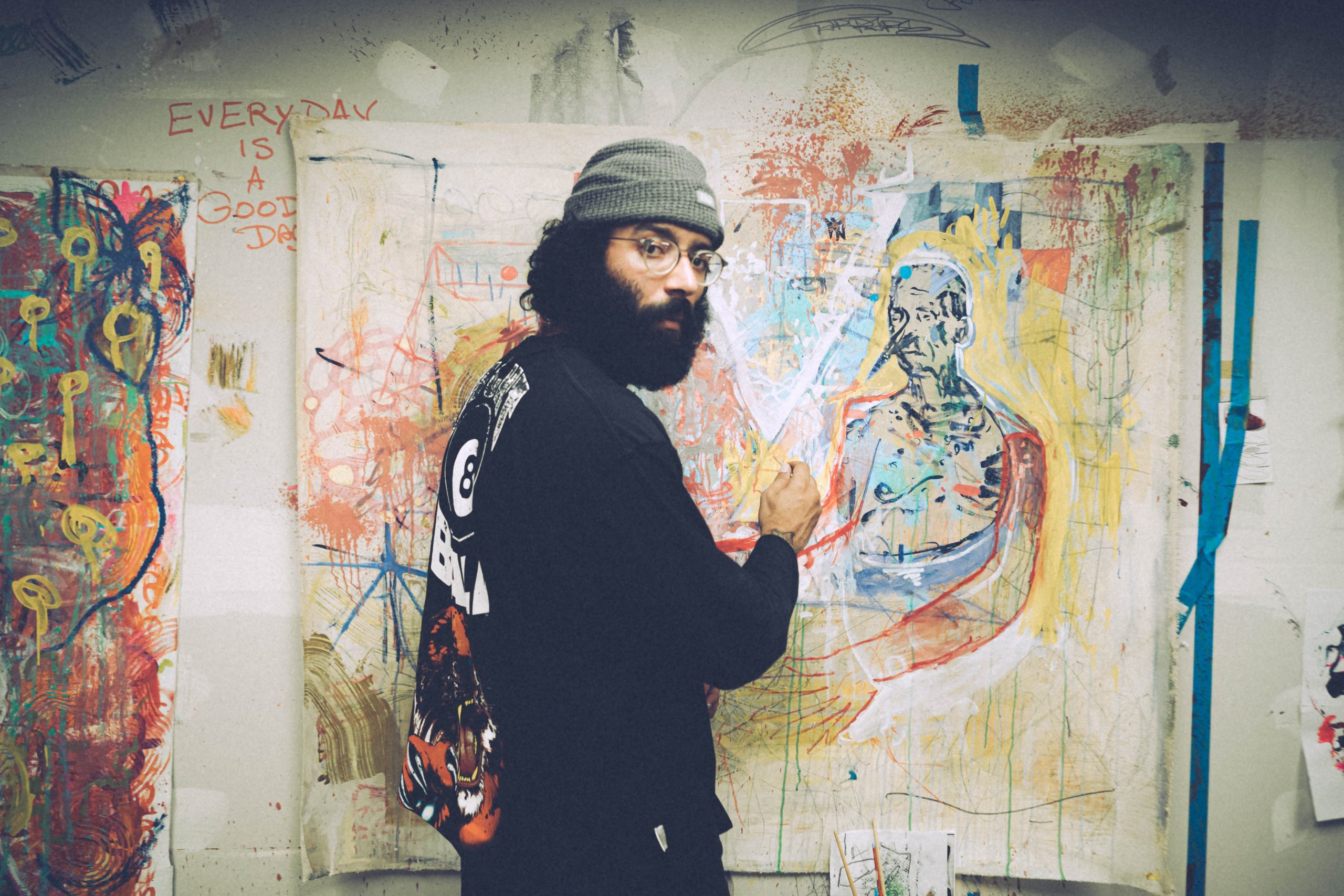The Impact of the Orange Economy on the Development of Emerging Tourist Destinations
In recent years, I have witnessed the growth and significance of the orange economy, which has made a substantial contribution to the gross domestic product (GDP) of various countries. This is particularly notable in Latin America, where growth is evident in areas such as job creation and exports. Mexico is a standout example; according to a report published by Wortev Capital a few years ago, this industry accounted for 3.1% of national employment. Before continuing, it is essential to briefly review that when we refer to the “orange economy,” we are talking about creative and cultural industries that drive economic growth through job creation and social development while promoting creativity, innovation, art, and artistic expression. According to UNESCO, these industries represent 3% of the global GDP. The orange economy has a significant impact on tourist destinations, serving as a diversification mechanism that reduces reliance on traditional sectors. Among the emerging tourist destinations fostering this industry is Colombia, which has developed tourism routes in cities like Medellín and Bogotá, where urban areas have been revitalized, jobs were created, and local urban art, music, and cuisine have served as an attraction to international tourists. Another notable country is Brazil, where the orange economy is prominently
How to promote the orange economy in communities
Have you ever wondered how to promote creativity and entrepreneurship in a sector that can transform the reality of a region? The answer lies in the fascinating and promising orange economy, a concept that is revolutionizing the way we see and approach economic and social development. But what exactly is the orange economy or creative economy? It is the set of economic activities based on creativity, culture and knowledge. Creativity and entrepreneurship are fundamental pillars of the orange economy and play a vital role in the development of communities. This time, I would like to present some examples of innovative projects so that you can be inspired, harness talent and transform it into a source of economic, social and cultural development. Pietà Project (Peru): It is a high-quality ecological urban clothing project, which is made by men and women from prisons in Lima. Prisoners who are part of this project can receive a reduction in their sentence and a percentage for the sales of the brand. Trash to Art (Brazil): This project transforms recyclable materials into works of art and unique products. Citizens collect and recycle materials such as plastic, glass, and paper to create sculptures, jewelry, and other art objects that are later


